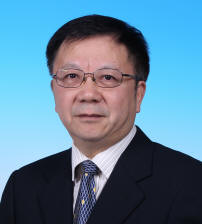
Dr. Weijia Wen 温维佳
Professor
Hong Kong University of Science and Technology
Clear Water Bay, Kowloon
Hong Kong
Tel: (852)-23587979
Fax: (852)-23581652
Email: phwen@ust.hk
Professor Wen's main research interests include soft condensed matter physics, electrorheological (ER) and magnetorheological (MR) fluids, field-induced pattern and structure transitions, micro- and nano-fluidic controlling, microsphere and nanoparticle fabrications, thin film physics, band gap materials, metamaterials and nonlinear optical materials.
